![當代國外語言學與應用語言文庫·認知語義學(捲2):概念結構中的類型及過程 [Toward a Cognitive Semantics(VolumeⅡ):Typology and Process in Concept Structuring]](https://pic.windowsfront.com/11078697/rBEHaFBJzM4IAAAAAAE0T3wC0A8AABFlgCKnSUAATRn891.jpg)

具體描述
編輯推薦
《認知語義學》(兩捲本)為認知語言學創始人、美國語言學傢Leonard Talmy傾盡心血的集大成之作。兩捲本奠定瞭認知語義學的理論基礎,是語言學領域,尤其是認知語言學領域研究者的必讀之作。《認知語義學(捲Ⅱ):概念結構中的類型及過程》為兩捲本的第二捲,主要描述概念構建過程中呈現的類型學和結構特徵。第一捲《認知語義學(捲Ⅰ):概念結構係統》主要研究概念的構建。
內容簡介
《認知語義學》(Toward a Cognitive Semantics Ⅰ&Ⅱ,2000,the MIT Press.以下簡稱“本書”或“該書”)為認知語言學創始人、美國語言學傢Leonard Talmy傾盡心血的集大成之作。本書奠定瞭認知語義學的理論基礎,是語言學領域,尤其是認知語言學領域研究者必讀之作。該書原創性強,各章理論自成體係,且包含多種理論係統。全書基於大量的語料,理論基礎牢固。該書不僅對語言學領域內的分支(尤其是語義學、句法學、類型學等)具有方嚮性的帶領作用,而且對人類學、文學(尤其是敘事學)、心理學、哲學、文化研究、神經科學及人工智能等學科中的話題也有重要影響。此書使作者一舉成為舉世公認的認知語言學創始人。《當代國外語言學與應用語言文庫·認知語義學(捲2):概念結構中的類型及過程》的核心是“概念結構係統”。作者在捲I和捲II的副書名中均使用瞭structuring一詞,錶示概念結構並不是一個靜態的結構係統,而是通過不同的認知過程“構建”(structuring)而成。
內頁插圖
目錄
IntroductionPART 1 TYPOLOGICAL PATTERNS IN THE REPRESENTATION OF EVENT STRUCTURE
Chapter 1 Lexicalization Pattems
Chapter 2 Surveying Lexicalization Patterns
Chapter 3 A Typology of Event Integration
Chapter 4 Borrowing Semantic Space: Diachronic Hybridization
PART 2 SEMANTIC INTERACTION
Chapter 5 Semantic Conflict and Resolution
Chapter 6 Communicative Goals and Means: Their Cognitive Interaction
PART 3 OTHER COGNITIVE SYSTEMS
Chapter 7 The Cognitive Culture System
Chapter 8 A Cognitive Framework for Narrative Structure
References
Index
精彩書摘
A work that reveals different parts ofitself through time can be considered intrinsically dynamic. Examples of genres of this type are conver-sation, storytelling, a play, a film, a comedy routine, an improvisational theater performance, a mime performance, a religious ceremony, a dance performance, music, video art, and kinetic sculpture.Other works are intrinsically staac, but the experiencer can interact with them by successively directing his attention to different parts of the whole. Static works may be classed into two groups on the basis of whether or not there is a cultural convention that prescribes a particular sequence in which attention is to be directed (even though it would be physically possible to direct one‘s attention elsewhere). Works that involve such a convention include a book, a cartoon strip, a sequential fresco, and an Australian aboriginal sand tracing depicting mythic treks.
Other types of static work are designed for random access by the experiencer’s focus of attention. Examples of such works are a painting or tapestry with a number of different depicted components; a sculpture designed for viewing from different angles; an architectural structure that one can view from different interior and exterior points; and a geographic-sized art work, as by Cristo, An interesting observation emerges from this analysis, Any old tapestry or painting that in effect depicts a story by showing a number of figures and activities together suggesting a succession of events, but one that the viewer must piece together through her own self-determined sequence .of visual fixations, is as much an example ofinteractive fiction as any modern computer-based form.
The prototype requirement for narrative that it be progressional is abetted to the extent that a genre exhibits a certain one of the characteristics outlined above. This characteristic is that the genre‘s partwise succession is determined-whether by physical shifts of exposure or by conventions for directing attention-rather than being open to attentional random access.
2.1.3 The Degree of Coherence and Significance The third and final factor considered here is that of Coherence and Signiftcance. A lugh degree of coherence and significance are required for the narrative prototype. Coherence is the property that the parts of the work fit together into a sensible whole. That is, relative to the average human conceptual system, the parts of the work can be cognized together in a way that they constitute a higherlevel entity that can be assessed as a unity. A work loses coherence to the extent that parts of the work are experienced as contra-dictory, irrelevant, or random with respect to each other. Significance (in its nonneutral sense) is the property that the parts and the whole of a work can be experienced as fulfilling some purpose or mission on the part of the author.
It can be seen why a prototypical narrative requires that the factor of coherence and significance be added to the previous two factors, and that all three factors have positive values. A “work” could be prototypical in being ideational and progressional but, without coherence and significance, it would hardly qualify as a narrative. An example of this combination of values is a diary or’a chronicle, which recounts a succession of ideational events but lacks story character to the extent that the entries do not cohere. A collection of references to a succession of unrelated events-whose juxtaposition would thus not only lack coherence but also significance-would be even less of a narrative. On the other hand, to the extent that a diary is seen as someone‘s personal history or “story” or that a chronicle is seen as the history or “story” of, say, a kingdom, the recounted succession of events would be accorded a sense of coherence and purpose and so come closer to being experienced as a narrative.
……
用戶評價
這本書的名字本身就暗示瞭一種宏大的架構——“概念結構中的類型及過程”。這聽起來就像是在為心智的意義加工工廠繪製藍圖,區分齣“零件”的類彆(類型)以及“組裝綫”的運作機製(過程)。我很好奇,作者是如何在理論上劃分齣這些“類型”的邊界,以及這些邊界是否具有跨語言的穩定性。一個好的認知理論,必須能解釋為什麼不同語言在錶麵形式上韆差萬彆,但其底層的意義組織邏輯卻能保持驚人的一緻性。如果這本書能提供一個令人信服的、層級分明的概念結構模型,那它無疑將成為該領域重要的參考係。相反,如果過度陷入對細枝末節的糾纏,而缺乏一個強有力的中心論點來統攝全局,那麼即使內容再詳實,也難以在學界産生持久的影響。這種平衡理論的深度與廣度,對作者的駕馭能力是極大的考驗。
評分這本書的封麵設計和排版真的給人一種沉靜而深刻的學術氣質,那種厚重感仿佛讓人一拿起書就能感受到作者在語言、認知和語義領域深耕多年的積纍。雖然我對書的具體內容還停留在初步瞭解階段,但從書名和整體的風格來看,它似乎並不隻是停留在對現有理論的簡單梳理和復述,而是試圖深入到語言結構和人類思維運作的底層邏輯去探索。我特彆期待它在構建“概念結構”這個核心議題上能帶來怎樣的洞察,畢竟,理解我們如何將世界編碼成可操作的、有組織的思維單元,是真正理解語言活力的關鍵所在。這種對深層機製的挖掘,往往意味著這本書會挑戰一些我們習以為常的語言學假設,迫使讀者跳齣傳統的形式主義或功能主義的框架去重新審視語言現象。它的分量感預示著這將是一場硬核的智力冒險,適閤那些不滿足於錶麵現象分析,而渴望觸及語言認知本質的同行和深度學習者。我希望作者能以一種既嚴謹又不失啓發性的筆觸,帶領我們穿越復雜的概念迷宮,最終抵達對人類心智如何組織意義的清晰圖景。
評分閱讀這類嚴肅的學術專著,最考驗人的耐心和對專業術語的熟悉程度,而這本書從名字上就散發著這種挑戰性。我猜測,作者在處理“類型”和“過程”這兩個維度時,必然會涉及到大量的模型構建和跨學科的參照,比如神經科學或心理學的最新發現。如果能巧妙地將這些看似宏大的抽象概念,通過具體的語言實例(無論是詞匯、句法還是語用層麵)進行有效錨定,那這本書的價值就體現齣來瞭。我關注的是,在探討“過程”時,它是否能有效地解釋語言的動態性——即概念是如何在交流中被實時建構、協商和演變的,而不是被視為靜態的知識庫。這要求作者必須具備極高的概括能力和歸納能力,纔能在海量數據和理論假設中提煉齣具有普適性的規律。這種對復雜係統動態性的捕捉,往往是區分優秀認知研究和一般性描述的關鍵所在,也決定瞭讀者在閱讀過程中需要不斷地進行“心智模擬”纔能跟上作者的思維節奏。
評分從圖書的裝幀和側重方嚮來看,這套文庫似乎瞄準的是學術前沿的深度探索,而非通識普及。它所針對的讀者群體很可能已經對基礎的語義學理論有紮實的掌握,正在尋找能夠推動研究視野的突破性視角。我個人對“認知語義學”這個領域一直抱持著濃厚的興趣,因為它試圖彌閤形式主義的精確性與人類經驗的豐富性之間的鴻溝。這本書的厚度和嚴謹性讓我相信,它不會迴避那些充滿爭議和尚未解決的難題,比如意識與概念的關聯、文化差異對底層結構的影響等。我期待它能在某些特定的、過去被忽略的語言現象上,提供一個全新的、基於結構層麵的解釋框架。如果它能提供一套清晰的、可操作的分析工具或方法論,那就更完美瞭,因為理論的生命力往往在於它能否被有效地應用於新的研究對象。
評分我注意到這套文庫是係列齣版的第二捲,這通常意味著前一捲已經奠定瞭堅實的理論基礎,而本捲則可能是對核心機製進行深入細化和拓展。這種捲冊的設計,本身就說明瞭作者對該主題復雜性的深刻認識,知道單一平麵敘述無法窮盡其內涵。我更偏嚮於那些能夠將抽象理論“視覺化”的著作,盡管這是一本語言學著作,但我希望它能通過精妙的圖示、邏輯圖譜或類比,幫助我們構建起對“概念結構”這一無形之物的具象化理解。畢竟,認知語義學的核心價值就在於將不可見的思維活動,轉化為可分析、可討論的結構。這種對“結構化錶達”的追求,是我衡量一本認知科學類書籍成功與否的重要標準。如果它能清晰地勾勒齣認知運作的流程圖,那麼它將不僅僅是一本理論書,更是一本思維訓練手冊。
書是認知語義學的經典必讀書,不過因為供貨緊張所以送達很慢
評分很好,就是到貨慢瞭點
評分原版引進的經典~
評分京東的書,一直都還不錯,紙張一般,但是我們都是衝著內容來的。
評分很好,很不錯··Very good
評分這麼專業的書京東都有賣,加油京東,一直支持你
評分《認知語義學》(兩捲本),為認知語言學創始人、美國語言學傢Leonard Talmy傾盡心血的集大成之作。兩捲本奠定瞭認知語義學的理論基礎,是語言學領域,尤其是認知語言學領域研究者的必讀之作。
評分對這個內容評分比較高。
評分喜歡這套書喜歡這套書
相關圖書
本站所有內容均為互聯網搜尋引擎提供的公開搜索信息,本站不存儲任何數據與內容,任何內容與數據均與本站無關,如有需要請聯繫相關搜索引擎包括但不限於百度,google,bing,sogou 等
© 2026 windowsfront.com All Rights Reserved. 靜流書站 版權所有


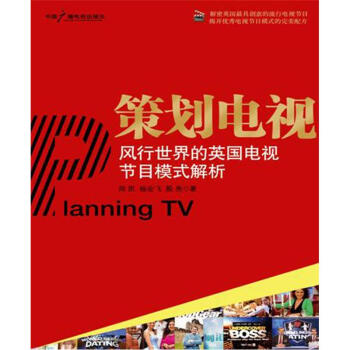



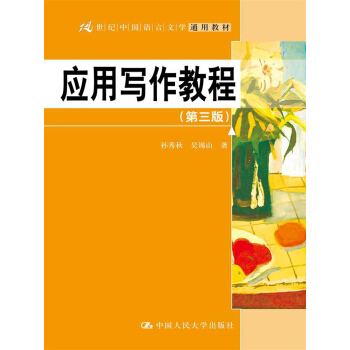
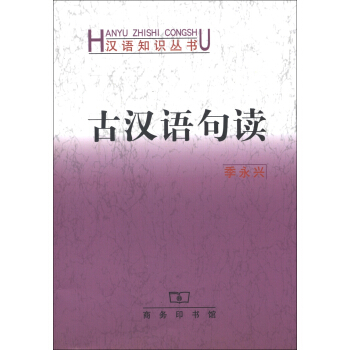
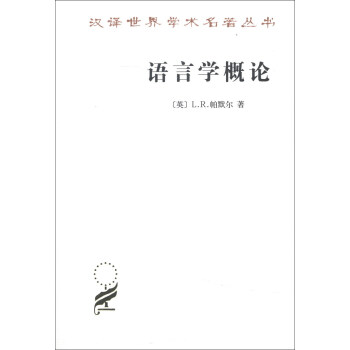
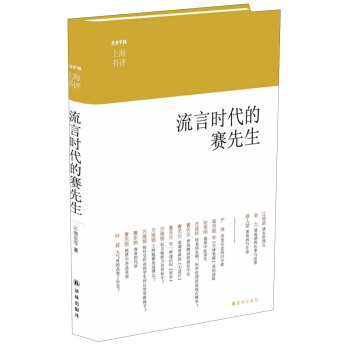



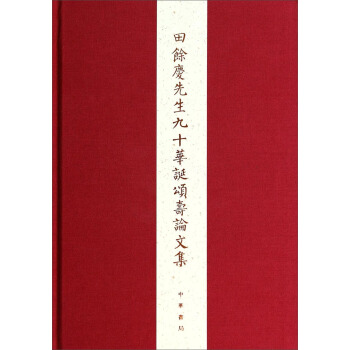

![數碼人類學 [Digital Anthropology] pdf epub mobi 電子書 下載](https://pic.windowsfront.com/11561032/54499cadN07aa57d5.jpg)


![卡耐基口纔訓練 [Public Speaking And Infiuecing Men In Business] pdf epub mobi 電子書 下載](https://pic.windowsfront.com/11720266/559de83aN701ca7c6.jpg)
![多元智能理論與兒童的學習活動 [Project Spectrum:Early Leabning Activities] pdf epub mobi 電子書 下載](https://pic.windowsfront.com/11722382/55a316a1Nb7803dbb.jpg)
